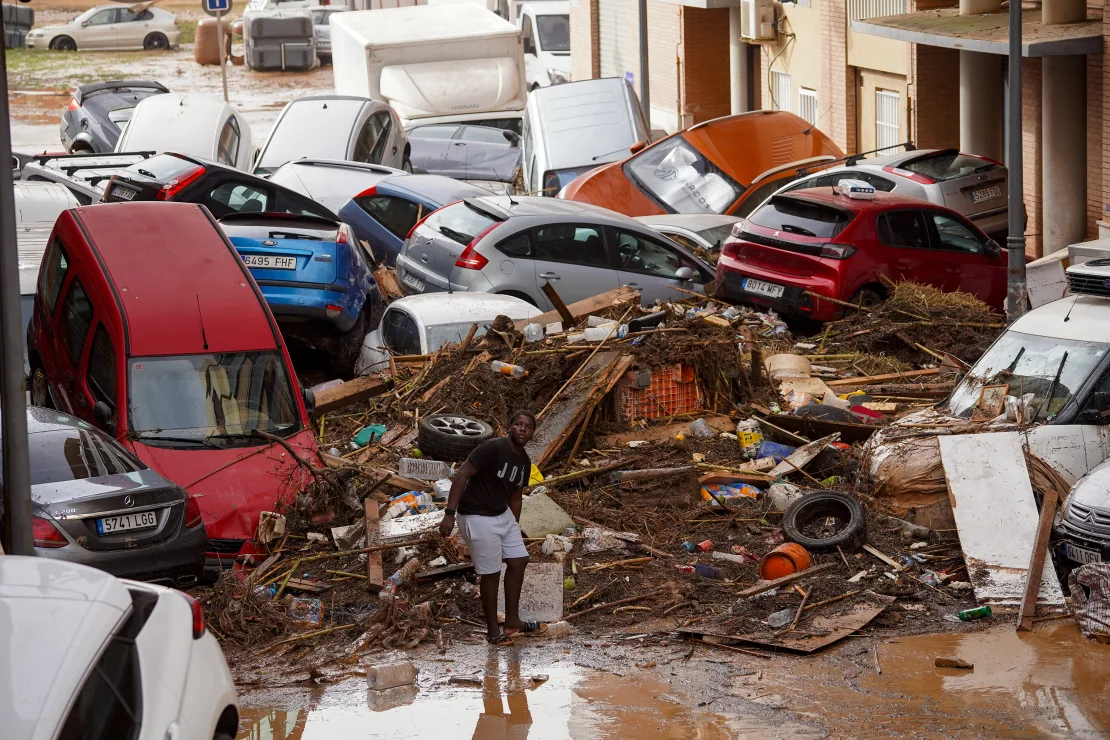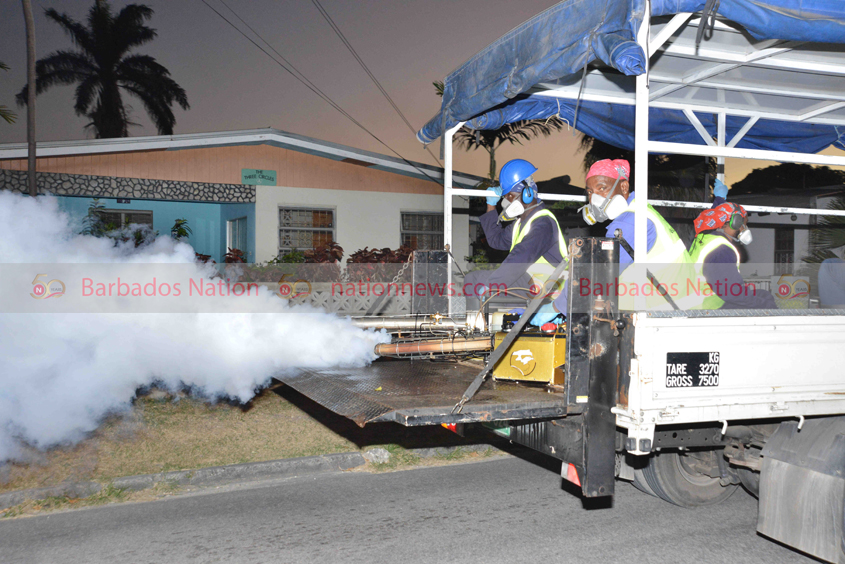Dozens killed in southeast Spain, as flash floods sweep away walls and cars
 30 October 2024
30 October 2024


At least 62 people have died in flash floods in southeastern Spain, the regional government of Valencia said on Wednesday, with many people unable to reach safety as large amounts of rain flooded buildings and rendered highways unusable.
Some locations in southern and eastern Spain received up to 12 inches of rain in just a few hours on Tuesday.
Footage from the city of Valencia showed muddy water flooding through the streets, tearing down walls and sweeping away parked cars.
In towns close to rivers such as Utiel or Paiporta, water spilled onto the streets, CNN en Español reported. Vans, cars and garbage cans were swept away by currents that, in some cases, reached the first floor of buildings.
The sheer amount of rain that fell meant many were taken by surprise, with people finding themselves trapped in their basements or first floors and unable to get to safety.
The region was thrown into a state of chaos, with most highways becoming completely unusable on Tuesday night and Wednesday morning. Vehicles that had been left abandoned in traffic were picked up by the water and moved around.
Spanish Prime Minister Pedro Sanchez said on Wednesday that his government would use all means necessary to help victims of the floods, as he asked people to remain vigilant.
Valencia’s regional leader Carlos Mazón told reporters earlier on Wednesday that some bodies were found as rescue teams began to reach areas previously cut off by the floods, adding, “Out of respect for the families we are not going to give any more details.”
Spanish Defense Minister Margarita Robles described the flooding as an “unprecedented phenomenon,” CNN en Español reported. Robles said that more than 1,000 members of the military had been deployed to assist in rescue efforts.
The death toll is expected to rise as authorities said the current figures are “provisional.”
Mazón also urged residents in the provinces of Valencia and Castellón to avoid travelling by road.
Residents on Wednesday were facing a huge clean-up and searching for bodies, as well as the threat of more rainstorms.
A local resident from one of the affected towns, Antonio Carmona, described to CNN what happened when the floods hit. “When we looked by here, we saw everything going down. (The water) took cars, it took down half of the house of one of our neighbors.”
Carmona pointed to his torn clothing, saying he and others had been saving dogs caught up in the flooding.
One woman named Beatriz Garrote was driving home from work in the city of Torrent in Valencia on Tuesday evening when she found herself trapped on a stretch of the ring road by the rising water for several hours alongside other drivers, according to Spanish newspaper El Pais.
“I went past the first exit, which was for Paiporta, but it was closed because they told us that the town was flooded there and we couldn’t exit,” she said, El Pais reported. She said her car then got stuck “and suddenly the two lanes closest to the exit started flooding.”
She described feeling “very scared” as water levels rose rapidly. “I didn’t know where it was coming from or what was happening. The water started to rise very quickly.
“After 10 minutes, it was half way up the car’s wheel. One of the volunteers told us to turn the cars around but there was no possible exit.”
The Valencia area averages 77 millimeters (3.03 inches) of rain for the entire month of October.
Chiva, just east of Valencia, received 320 millimeters (12.6 inches) of rain in just over four hours, according to the European Severe Weather Database.
Flooding was also reported in and around the cities of Murcia and Malaga, with more than 100 millimeters (4 inches) of rain falling in some areas.
The human-caused climate crisis is making extreme weather more frequent and more severe, scientists say.
As the world warms due to fossil fuel pollution, the most intense rain events are getting heavier and more frequent. Hotter oceans fuel stronger storms and a warmer atmosphere can hold more moisture which it wrings out in the form of torrential rainfall.
Rainfall warnings continue through Wednesday for portions of eastern and southern Spain, according to Spain’s Meteorological Agency, AEMET, with the threat of heavy rain expected to continue through the end of the week. (CNN)




